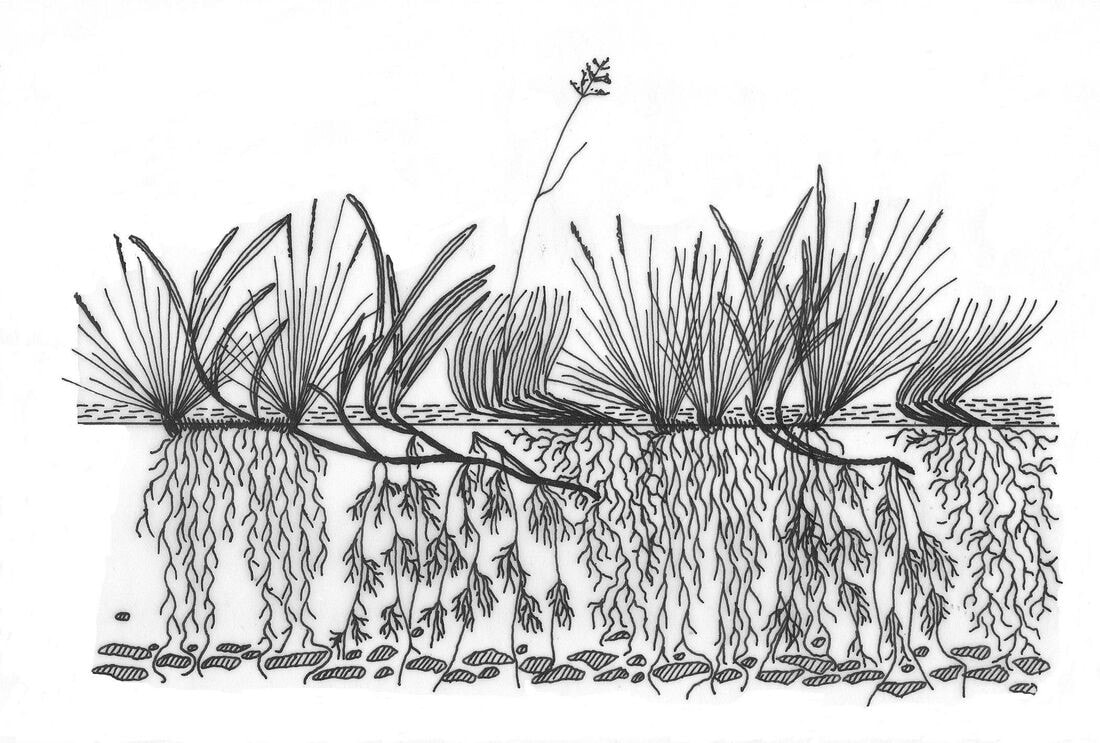|
Essay prompt: Whats your vision of the future of belowground ecology? Line drawing by Jitka Klimesova - Insitute of Botany, Academy of Sciences of the Czech Republic The field of belowground plant ecology continues to advance, with technology and novel approaches aiding our newfound understanding. The recognized importance of belowground interactions and feedbacks for plant functioning is spurring a new wave of interdisciplinary studies that focus on linking the belowground system's biogeochemistry to the functioning of biodiversity. Additionally, a renewed understanding of root ecology, including the systematic variation in root morphology across plant lineages and the environmental controls on root form and function, are creating a more coherent picture of plant root economics.
Most of the questions of this wave of interdisciplinary studies are not new, however a wellspring of new tools is available to the modern belowground ecologist compared to their counterparts of a half-century ago, making the approaches of today much more powerful than ever before. Molecular tools allow for the rapid and accurate characterization of soil microbial communities. Advances in computerized analysis of root morphologies have led to a massive proliferation of root functional trait data; data that is being curated and stored in public repositories to an unprecedented degree. Similar efforts are underway for belowground ecosystem data. Large-scale ecosystem monitoring experiments (e.g., FACE) have identified the importance of the belowground perspective in ecosystem experiments, which are only improving in scope. In situ root imaging systems are becoming commonplace in agricultural and field experiments that investigate plant and whole ecosystem responses to global and environmental change. Advancements in non-destructive in situ root imaging and physiological techniques are imminent, potentially including a technological resistance into the application of ground penetrating radar or other sensory technologies. New insights are ever emerging, and it is an exciting time to be a belowground ecologist. I see a future that increasingly uses cutting-edge technological and laboratory spproaches at greater spatial and temporal scales to further ecology study belowground. ♠
0 Comments
|
AuthorJames "Aaron" Hogan is an ecologist interested in plant biodiversity, forests and global change. Archives
November 2021
Categories |




